TOURISM
Three Gorges Dam
“Three Gorges Dam Project” is the short term for the water control project on Yangtze River. It is located in the middle section of Xiling Gorge near Sandouping Town in Yichang City, Hubei Province. Being the world’s largest hydropower project, this dam has created many “Firsts” such as the most efficient dam in flood control, the most difficult construction work and the largest migration project in the world.
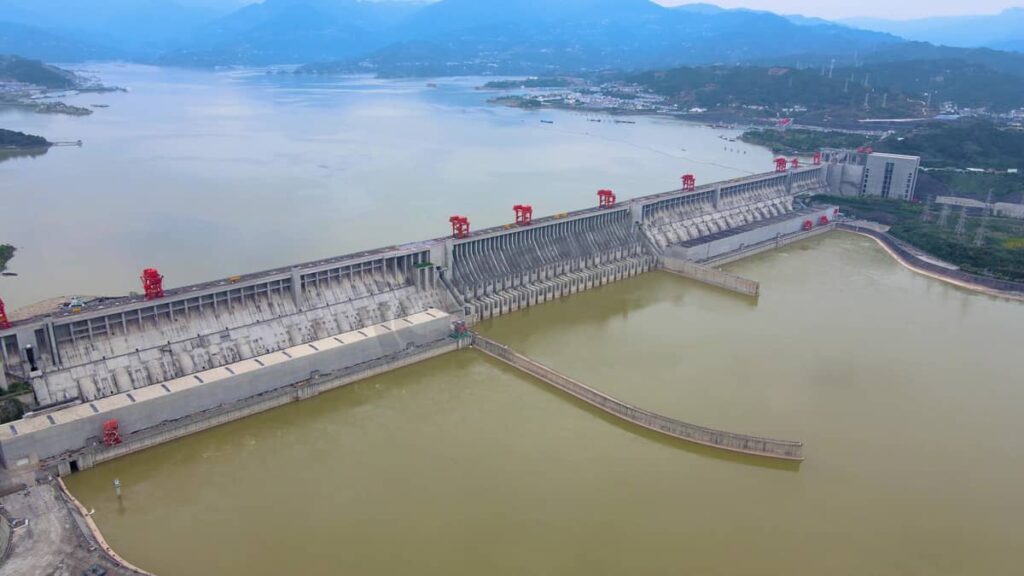
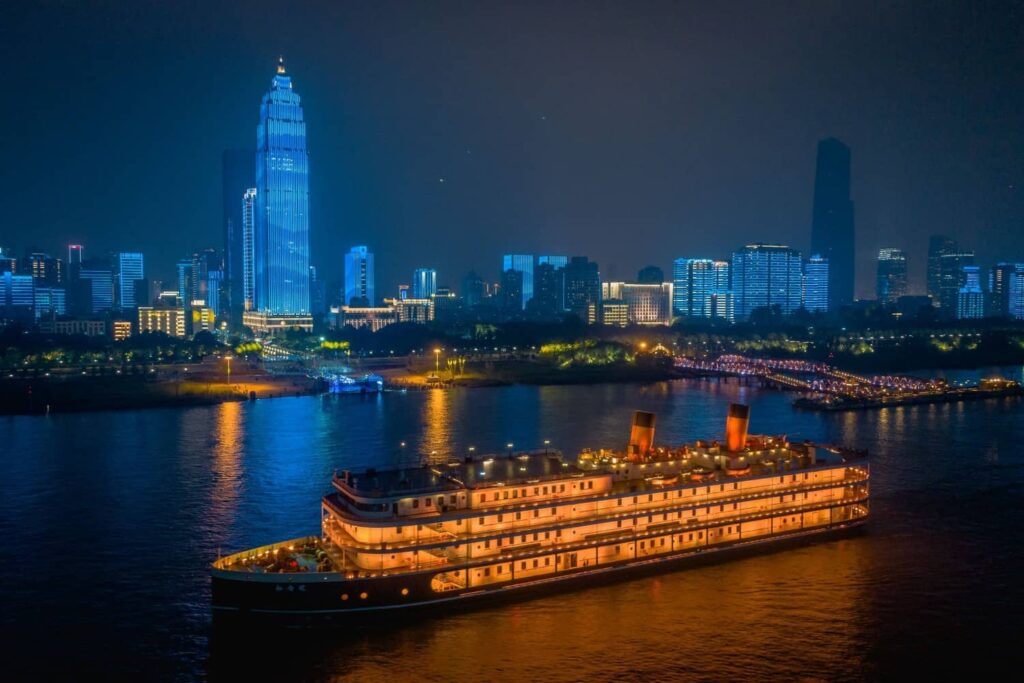
Yangtze River Cruise
There are daytime cruise and nighttime cruise and the latter is more recommended. There are two ferry terminals, Wuchang Hongxiang Ferry Terminal with both daytime and nighttime cruise and Hankou Yuehan Ferry Terminal with nighttime cruise. If you want to have a general view of the city, the cruise can’t be missed. The route includes attractions like Wuchang River Beach, Wuhan Port, Dragon Temple, Qingchuan Pavilion, Tortoise Hill, Yellow Crane Tower, Wuhan Yangtze River Bridge, etc. When the night falls and the lights all come on, everyone will be immersed in the night view along Yangtze River.
Wuhan Yangtze River Bridge
Wuhan Yangtze River Bridge is the first highway-railway bridge over the Yangtze River. On the mighty Yangtze with a length of 6,300 kilometers (3,915 miles), there was no bridge for thousands of years. This river seemed an obstacle set by nature, separating Hanyang, Hankou and Wuchang, namely the three towns of Wuhan. Moreover, it blocked the transportation between the north and the south China. Only ship can be used. However, the natural obstacle became accessible for various vehicles due to the finish of the Yangtze River Bridge in 1957.
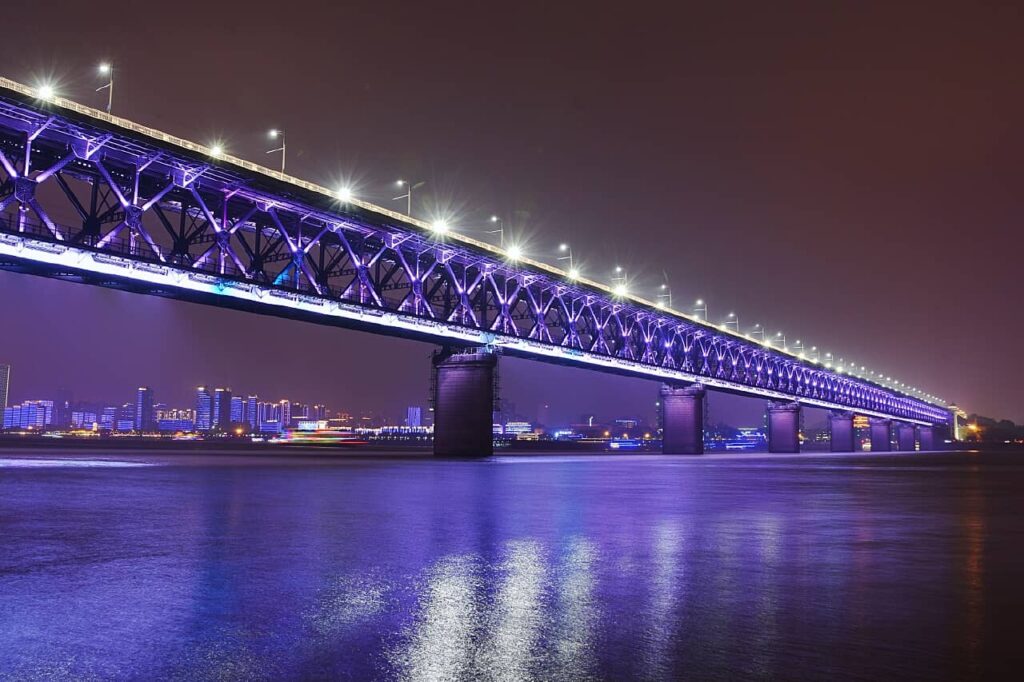
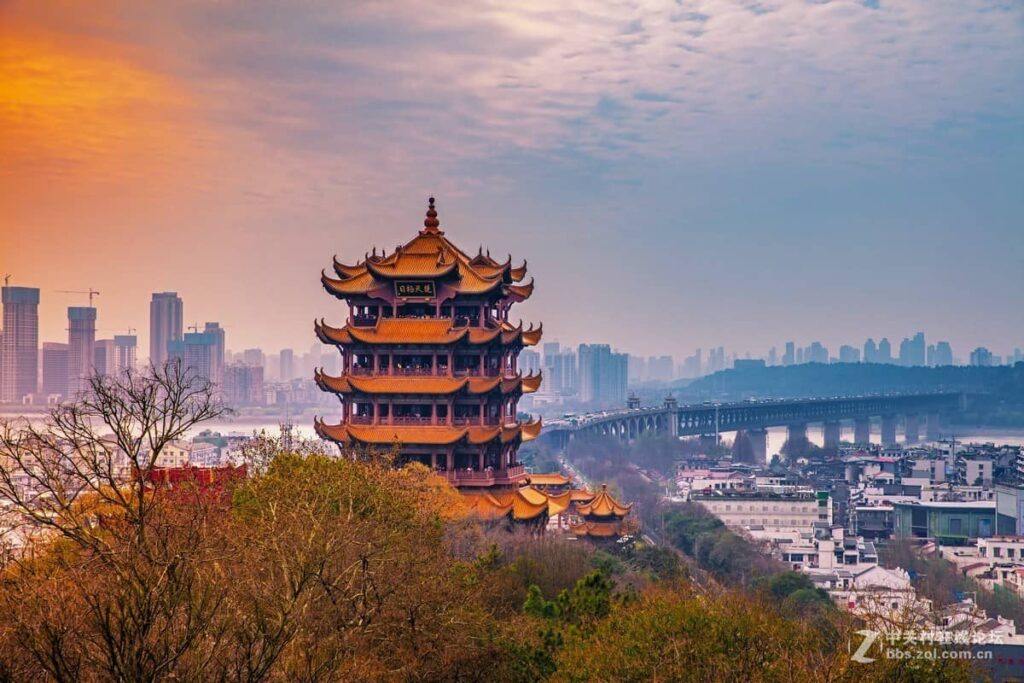
Yellow Crane Tower
During the Tang Dynasty (618 – 907), many popular poems were written in praise of the Yellow Crane Tower. It was the Yellow Crane Tower poem that made the Tower so renowned and induced for people to visit. During the following centuries, it was destroyed and rebuilt several times. During the Ming (1368 – 1644) and Qing (1644 – 1911) Dynasties alone the tower was destroyed seven times and rebuilt seven times. In 1884, it was completely destroyed in a fire and was not rebuilt until 1981.
Guiyuan Buddhist Temple
Covering an area of about 46,900 square meters (approx. 55,812 square yards), Guiyuan Buddhist Temple is situated in the west section of Hanyang district in Wuhan City. Being one of the four best temples in Wuhan, the temple, which was originally established in 1658 in the Qing Dynasty (1644-1911), was initially built on the site of Wuzhangpu Kuiyuan in the Ming Dynasty (1368-1644). The word ‘Guiyuan’ originates from a sutra, meaning to surpass the circumscription of existence and extinguishment, to return to purity and tranquility.
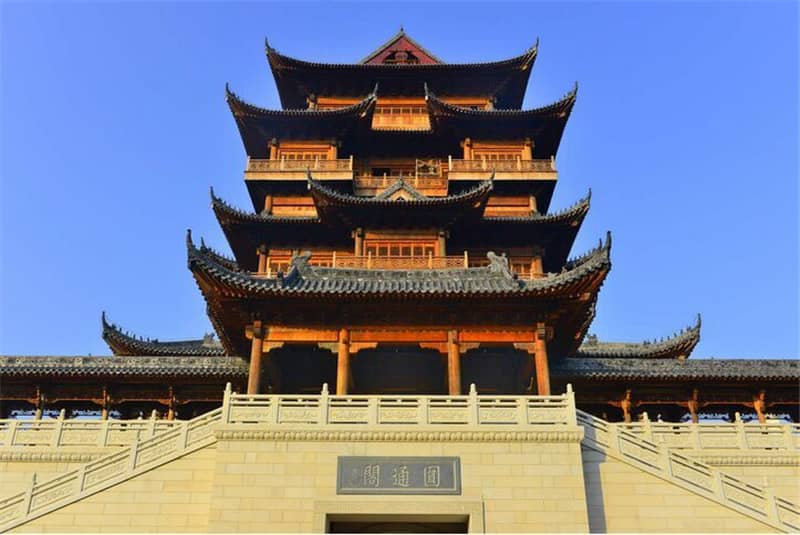
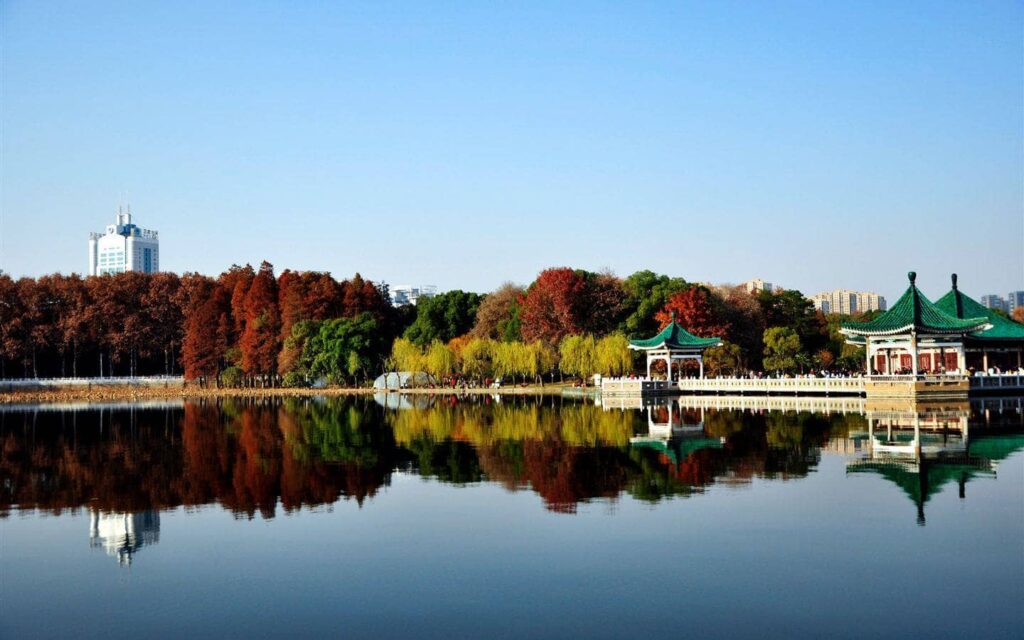
East Lake Scenic Area
East Lake, the biggest scenery tourist attraction in Wuhan and the largest lake within a city in China. It covers an area of 87 square kilometers that is five times greater than the area of the West Lake in Hangzhou. Because of its winding banks and crisscrossing ponds and brooks, it is called ‘a lake with 99 bays’. The East Lake Scenic Area was formed from many famous scenic spots along the bank. The six major ones are Tingtao (Listening to Surging Waves), Mo Hill (Millstone Hill), Luoyan (Diving Wild Goose), Baima (White Horse), Chuidi (Playing Flutes), and Luohong Hills.
